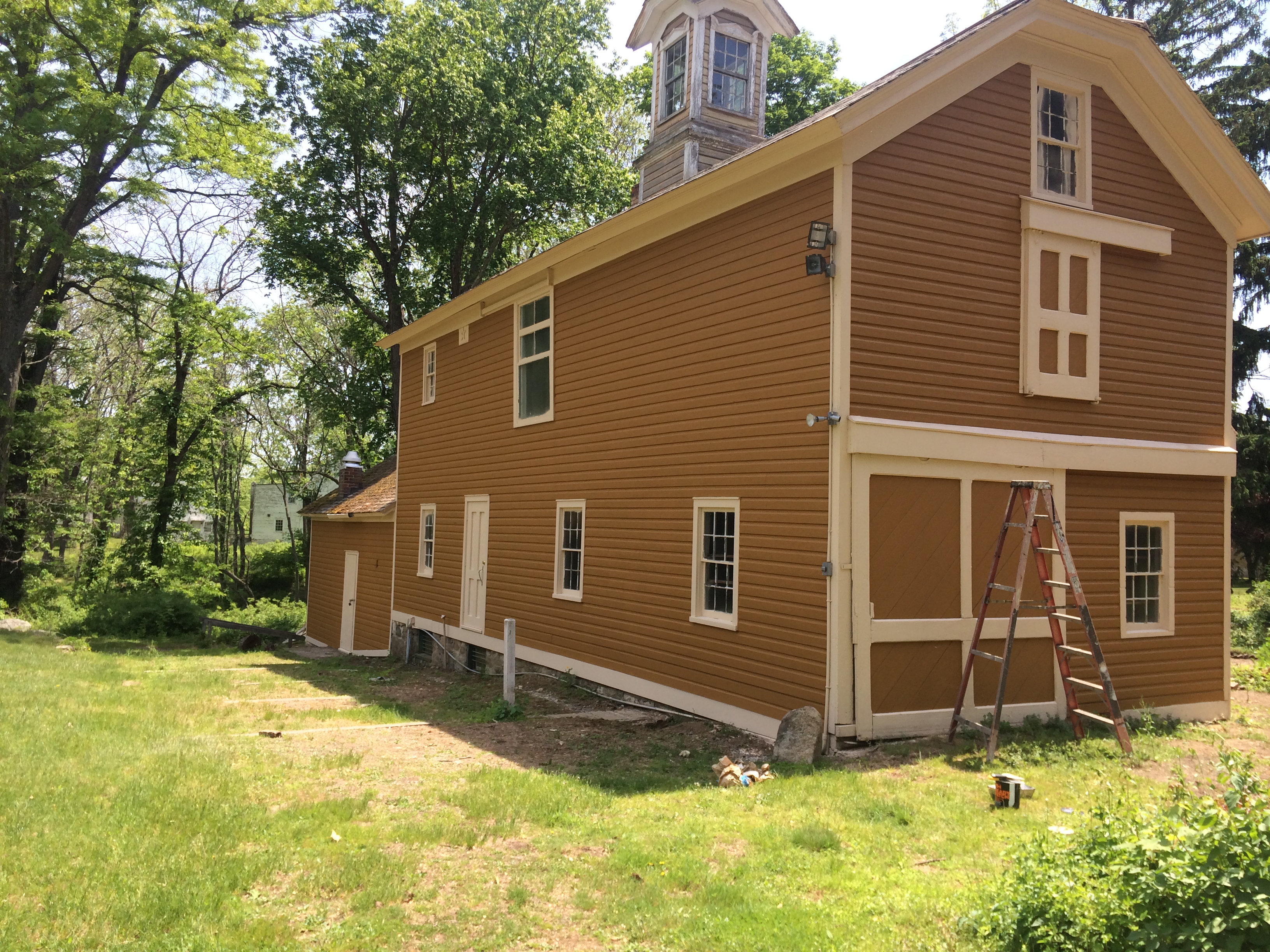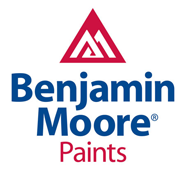Achieve a Flawless, Factory-Fresh Finish with Less Waste and Downtime
For property managers, developers, and discerning homeowners in New Jersey, maintaining the appearance and integrity of metal surfaces is a constant priority. From metal railings and fences to industrial machinery and office furniture, these elements face daily wear and tear. Traditional painting methods can be messy, time-consuming, and often result in an uneven finish with drips and brush marks. Electrostatic painting services offer a revolutionary alternative, delivering a superior, durable coating that wraps around surfaces for a smooth, complete finish.
This advanced technique leverages the power of static electricity to create a magnetic attraction between the paint and the target surface, ensuring maximum adhesion and minimal overspray. The result is a finish so smooth and durable, it looks like it came straight from the factory.
How Does Electrostatic Painting Work? The Science Behind the Superior Finish
The “magic” of electrostatic painting lies in basic physics. The specialized spray gun applies a positive electrical charge to the atomized paint particles as they are released. Simultaneously, the metal object to be painted is grounded, giving it a negative charge. Just like magnets, opposite charges attract. This creates a powerful pull—75 times stronger than gravity—drawing the positively charged paint particles directly to the negatively charged surface.
This attraction is so strong that the paint mist wraps around the object, a phenomenon known as the “wrap-around” effect. This allows it to coat even hard-to-reach areas like the backsides of spindles, complex machinery parts, or intricate metalwork with incredible uniformity. The result is a consistent, comprehensive layer of paint with virtually no drips, runs, or overspray. This process is not only highly efficient but also creates a stronger molecular bond and a more durable finish than conventional painting methods.
Did You Know? Quick Facts
✓ High Transfer Efficiency: Electrostatic painting can have a transfer efficiency of up to 98%, meaning very little paint is wasted. Traditional spray methods can be as low as 40%.
✓ Wrap-Around Coverage: The “wrap-around” effect is so effective it can coat the back of a metal spindle while spraying from the front, ensuring complete protection.
✓ Thinner, Stronger Coat: Because it’s applied as a fine mist, an electrostatic coating is typically thinner than a brushed-on coat, yet provides superior coverage and protection.
✓ Versatile Applications: This technology isn’t just for industrial sites. It’s a fantastic option for upgrading metal patio furniture, gates, and fixtures in residential settings.
Electrostatic vs. Traditional Painting: A Clear Comparison
When deciding on the best method for your project, it helps to see a direct comparison. While traditional methods have their place, electrostatic painting offers distinct advantages for metal surfaces.
| Feature | Electrostatic Painting | Conventional Painting (Brush/Roller/Spray) |
|---|---|---|
| Finish Quality | Smooth, factory-like, uniform finish with no brush marks or drips. | Can show brush strokes, roller marks, or have uneven application. |
| Efficiency | Minimal overspray (up to 98% transfer efficiency), less paint waste. | Significant overspray with conventional spray guns (40-50% efficiency), leading to material waste. |
| Durability | Creates a strong, ionic bond that is highly resistant to chipping, peeling, and corrosion. | Durability depends on surface prep and paint quality; more prone to chipping and peeling over time. |
| Application Speed | Faster application and quick drying times minimize downtime. | Time-consuming, often requiring multiple coats and longer drying periods. |
| Best For | Metal surfaces: fences, railings, machinery, lockers, office furniture, historic metalwork. | Walls, wood, and other non-conductive surfaces. |
The Meticulous Process Behind a Perfect Finish
A professional electrostatic painting job involves more than just pointing and spraying. At Spectra Painting, our process is meticulous to guarantee a flawless and long-lasting outcome:
Step 1: Surface Preparation
This is the most critical step for any painting project. We begin by thoroughly cleaning the metal surface to remove dirt, grease, and rust. For surfaces with existing coatings, professional sandblasting may be required to create a clean, profiled surface that ensures optimal paint adhesion. Any surrounding non-metal areas are carefully masked and protected.
Step 2: Grounding
The metal object is connected to an electrical ground. This creates the negative charge necessary for the magnetic attraction to occur. This is a crucial safety and quality step handled by trained professionals.
Step 3: Application
Using a specialized electrostatic spray gun, our technicians apply the positively charged paint. The paint is atomized into a fine mist and drawn to the grounded surface, wrapping around it completely for uniform coverage.
Step 4: Curing and Cleanup
Electrostatic paints are formulated for fast curing, often drying to the touch within a few hours and fully curing in 12-24 hours. Because there’s minimal overspray, cleanup is quick and efficient, allowing your space or equipment to return to service with minimal disruption.
Electrostatic Painting in New Jersey: A Local Advantage
In Tinton Falls and across New Jersey, businesses and homeowners face specific environmental challenges, from coastal humidity to winter salt, that can accelerate the corrosion of metal fixtures. Electrostatic painting provides a powerful protective barrier against these elements. For commercial properties, this means extending the life of expensive machinery, metal railings, and structural components. For homeowners, it revitalizes metal fences, gates, and outdoor furniture. The process is also ideal for historic restoration projects, where preserving intricate original metalwork is key.
Ready to Transform Your Metal Surfaces?
Experience the difference a durable, factory-quality finish can make. Spectra Painting has provided expert electrostatic painting services across New Jersey since 1989. Let our experienced team bring unparalleled precision and durability to your next project.
Frequently Asked Questions
What surfaces can be painted with an electrostatic system?
Electrostatic painting is designed for any conductive (metal) surface. This includes steel, iron, aluminum, and other metals. It’s perfect for items like chain-link fences, wrought iron gates, metal doors, window mullions, lockers, industrial equipment, and office furniture.
Is electrostatic painting safe and environmentally friendly?
Yes. The high transfer efficiency dramatically reduces overspray and volatile organic compound (VOC) emissions, making it a cleaner choice than traditional spray painting. Professionals follow strict safety protocols, including proper grounding, to ensure a safe application process.
How long does an electrostatic finish last?
An electrostatically applied finish is exceptionally durable and long-lasting. The strong ionic bond makes it highly resistant to chipping, peeling, rust, and abrasion, often lasting much longer than conventional paint jobs under similar conditions.
Can the work be done on-site?
Absolutely. One of the major advantages of electrostatic painting is that it can be performed on-site with minimal disruption. This eliminates the need to transport large or fixed items, saving significant time and money.
Is it more expensive than traditional painting?
While the initial equipment cost for contractors is higher, electrostatic painting is often more cost-effective for the client in the long run. Savings come from reduced paint waste, faster project completion (lower labor costs), and a much longer-lasting finish that reduces the need for frequent repainting.






